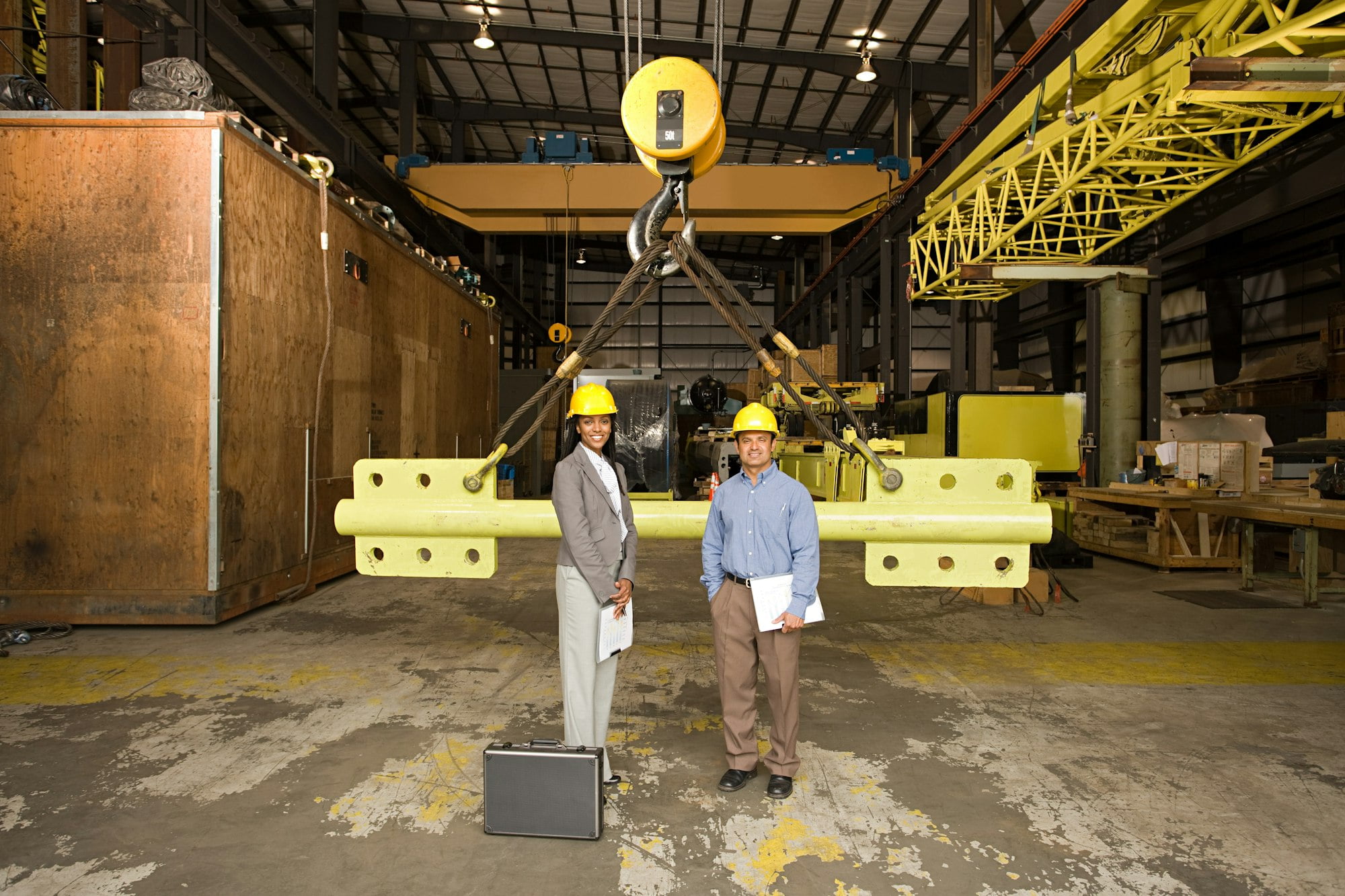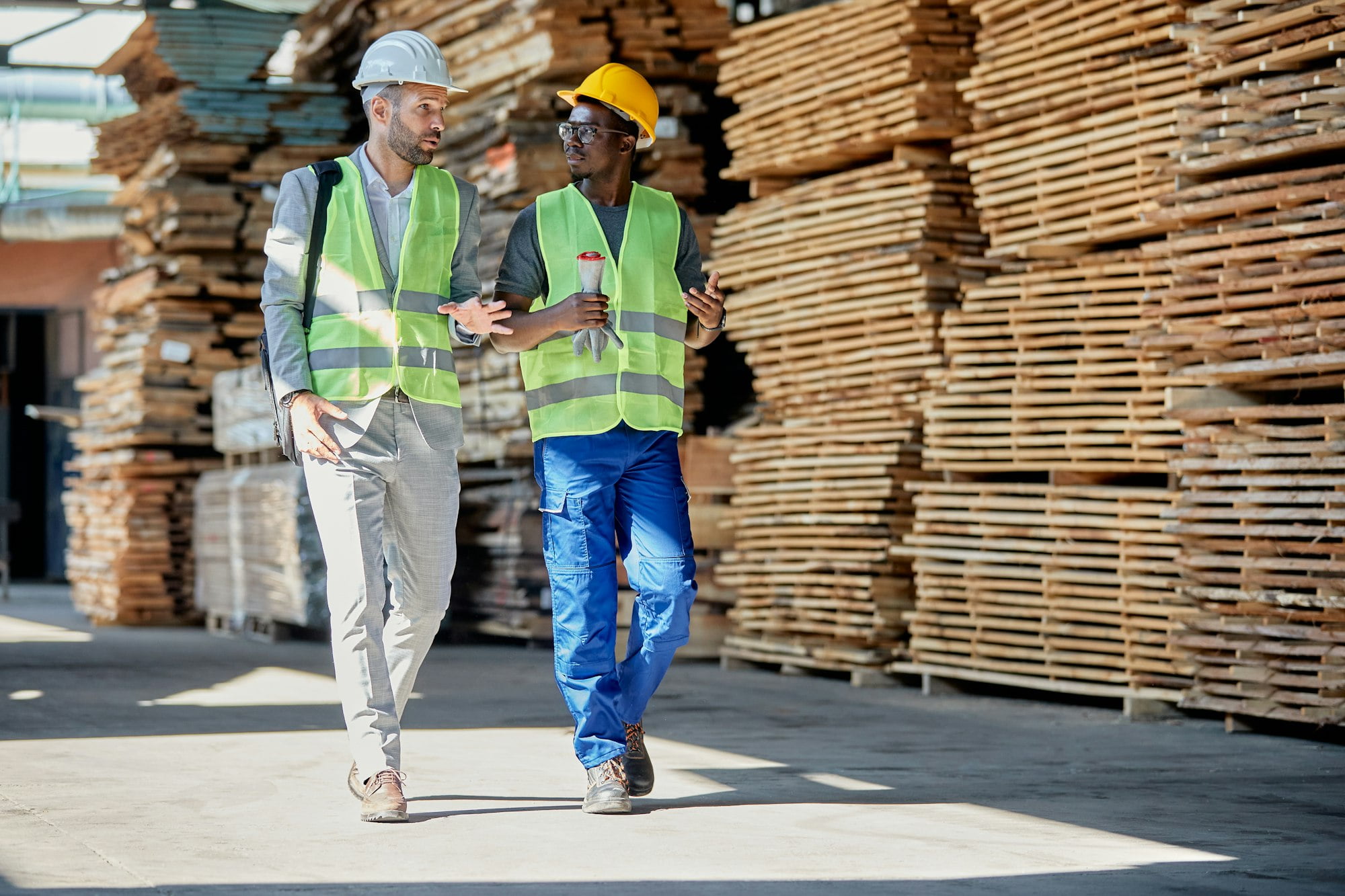The design of a warehouse is integral to the overarching strategy of logistics and supply chain management. It involves much more than merely placing storage units within a building. It is about constructing a system that aligns with business objectives, promoting efficiency, safety, and scalability. A meticulously planned warehouse layout significantly elevates operational productivity and can lead to substantial cost reductions by optimizing space utilization and enhancing workflow efficiency. In this article, you will learn about the art of warehouse layout design.
Why Efficient Warehouse Design Matters
Efficiency in warehouse design directly correlates with the operational bottom line by minimizing unnecessary costs and maximizing the utilization of available resources. An effectively laid out warehouse fosters quicker operations, enhances safety, reduces the time materials are handled, and decreases the likelihood of inventory damage, all contributing to increased productivity and reduced operational costs.
Purposes of Optimizing Warehouse Layout Design
Optimizing a warehouse layout aims to streamline operations, boost safety, and facilitate future scalability. This includes strategic placement of inventory, efficient use of vertical space, and the integration of technology to manage resources more effectively, thus speeding up the entire order fulfillment process while reducing labor-intensive tasks.
The Art of Warehouse Layout Design and The Factors
Developing an efficient warehouse layout design necessitates consideration of numerous factors. These include the physical characteristics of stored products, the handling methods and equipment employed, and the spatial dynamics of the warehouse itself. Each of these factors plays a critical role in crafting a layout that maximizes operational efficacy and safety.

Shot of two young contractors standing together in the warehouse and observing the layout
Influence of Product Characteristics
The size, weight, and frequency of product access significantly influence warehouse layout decisions. Larger and heavier items require more robust handling equipment and larger storage spaces, whereas high-turnover items need to be stored in easily accessible areas to expedite dispatch processes, thus reducing handling time and potential bottlenecks.
Warehouse Layout Design
Space Management Strategies
Effective space management is about maximizing both horizontal and vertical dimensions. Employing high-density storage solutions like pallet racks and vertical carousels can significantly amplify a warehouse’s capacity, allowing it to store more goods without increasing its physical footprint, thus optimizing both cost and space.
Equipment and Technology Requirements
The selection of appropriate equipment and technology is crucial for achieving desired operational efficiencies. Automated systems, such as automated storage and retrieval systems (ASRS), can drastically improve the speed and accuracy of operations, enhancing throughput and reducing labor costs by automating repetitive tasks.

Colleagues in warehouse
Ensuring Safety and Security in Layouts
Safety is a paramount concern in warehouse design. Ensuring clear, unobstructed pathways for employees and adequately securing storage areas, particularly those containing hazardous materials, are essential. Additionally, security measures such as surveillance systems and access controls are vital for protecting both inventory and staff.
Optimizing Space and Storage
Effective space utilization is at the heart of warehouse layout design. This includes organizing storage areas to efficiently use available space, which involves the strategic placement of items and the selection of the appropriate storage solutions to maximize accessibility and handling efficiency.
Utilizing Vertical Space Effectively
Optimizing vertical space is a key strategy in many modern warehouses, especially in urban areas where horizontal space is at a premium. Implementing solutions such as stack shelving, mezzanines, and multi-tiered storage systems can double or even triple the storage capacity, allowing for more products to be stored in the same square footage, thereby maximizing space efficiency.

Warehouse manager talking to black worker while walking through lumber department.
Strategic Storage Zone Placement
Dedicating specific zones for different types of goods — such as separating fast-moving from slow-moving inventory — can significantly streamline operations. This strategic zoning minimizes unnecessary movement and improves the accessibility of frequently accessed items, thus speeding up the picking and packing processes.
Importance of Aisle Width and Accessibility
The width of aisles in a warehouse must accommodate the handling equipment used and the flow of personnel. Properly sized aisles enhance operational efficiency by reducing congestion and facilitating faster movement of goods and staff. This balancing act between narrow aisles for increased storage density and wider aisles for better accessibility is critical for operational dynamics.
Operational Workflow and Efficiency
An optimized warehouse layout is instrumental in promoting a seamless operational workflow, which is essential for maintaining high levels of productivity and operational efficiency across the board.
Enhancing Material Handling Processes
Efficient material handling is achieved by minimizing the distances that goods need to be moved, which reduces the time and labor involved in transporting items. Strategic layout planning, combined with the use of automated systems like conveyor belts androbotic pickers, streamlines the entire storage and retrieval process, thereby improving the overall efficiency of warehouse operations.
Optimizing Workflow to Improve Efficiency
Streamlining the workflow within a warehouse is crucial for minimizing operational bottlenecks and enhancing the flow of materials. Effective warehouse layouts consider the optimal placement of receiving, packing, and shipping areas to reduce cross-traffic and improve the efficiency of the processing times. This strategic organization supports faster order fulfillment and reduces the labor costs associated with handling and moving goods.
Integration of Automated Systems
The integration of automated systems such as conveyor belts, robotic pickers, and warehouse management software is pivotal in reducing human error and improving operational speed. These technologies enable warehouses to handle larger volumes of goods with greater accuracy, thus lowering costs and increasing productivity. Advanced warehouse management systems further aid in tracking inventory levels and optimizing the storage layout based on real-time data.
Adapting and Scaling Warehouse Layouts
Flexibility and scalability are crucial in warehouse layout design, enabling businesses to adapt to market changes and expand operations efficiently. This approach ensures that the warehouse can meet the evolving needs of the business without requiring frequent, costly redesigns.
Designing for Future Growth and Scalability
Future-proofing a warehouse involves planning for potential expansion and operational changes. This might include designing modular environments or implementing scalable storage solutions that can be easily adjusted or expanded as needed. These considerations allow businesses to respond swiftly to market demands or changes in product lines without significant disruptions to current operations.
Implementing Modular and Adjustable Systems
Utilizing modular and adjustable systems provides the flexibility to modify layouts as business needs change. These systems can be quickly reconfigured to accommodate different product sizes or to increase storage density, thereby maintaining operational efficiency during periods of growth or change in inventory requirements.
Employee Considerations in Warehouse Layout
A warehouse layout that considers its workforce is crucial for maintaining a safe and efficient environment. Good design reduces risks, improves accessibility, and can significantly enhance worker satisfaction and productivity.
Improving Worker Safety and Efficiency
Ensuring worker safety involves designing layouts that minimize risks, such as those related to moving machinery or manual handling. Considerations include ergonomic design to reduce strain, sufficient lighting, and clear, well-marked pathways. These factors not only help prevent accidents but also foster a more productive work environment by reducing downtime due to injuries or inefficient operations.
Training and Adaptation to New Layouts
When new layouts are implemented, comprehensive training programs are essential for helping staff adapt quickly and effectively. Proper training on new systems and layouts ensures that all employees understand the safety protocols and operational procedures, which contributes to smoother transitions and helps maintain high productivity levels.
Conclusion and Future Directions
Warehouse layout design is a dynamic field that continuously adapates to new technologies and evolving business needs. By staying informed of these developments and ready to adapt, businesses can ensure that their warehouses remain efficient and competitive.
Summarizing Key Design Principles
An effective warehouse design maximizes space utilization, enhances safety, and streamlines operations. By considering both current needs and future growth, businesses can ensure that their warehouse layout remains functional and efficient over time.
Anticipating Future Trends in Warehouse Design
The future of warehouse design is likely to be heavily influenced by automation and advanced data analytics. These technologies promise to further enhance operational efficiencies in warehouse operations, enabling more precise inventory control and faster processing times. Companies proactive in integrating these technologies will be well-placed to lead in efficiency and innovation.

